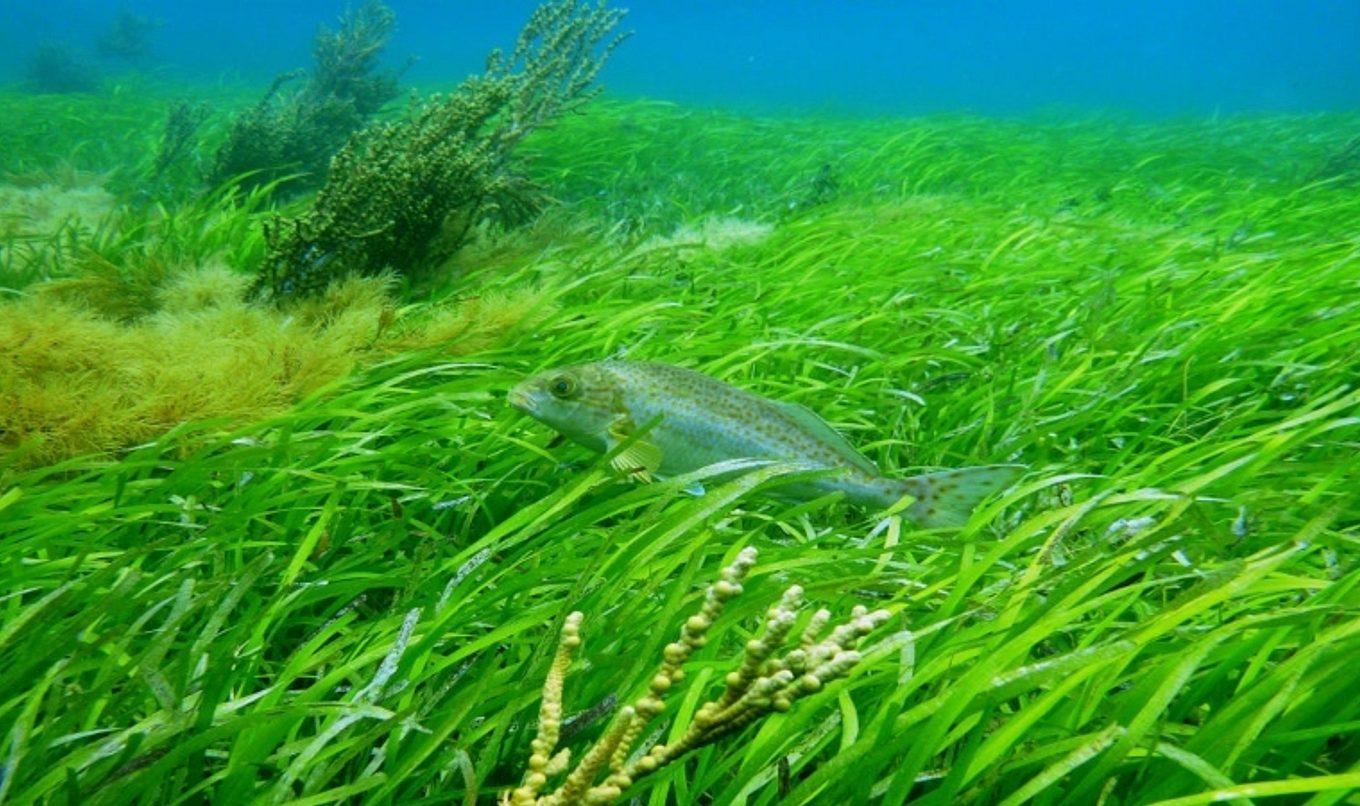New investments to grow blue carbon in South Australia
South Australia’s reputation as a world leader in blue carbon has been bolstered with nearly $2 million of new investment that will drive environmental and economic benefits out of restoring coastal wetlands across the state.

Blue carbon is the name given to coast and marine habitats that store carbon in either plants or soil. Coastal habitats such as saltmarshes, seagrass meadows and mangrove forests can capture carbon at a rate up to 40 times faster than forests on land and if undisturbed can store large amounts, helping mitigate the impacts of climate change.
South Australia’s coastline has great potential for coastal restoration to improve blue carbon storage.
The state government is partnering with non-government organisations to deliver nearly $2 million worth of projects to restore coastal wetlands and improve South Australian blue carbon capability and knowledge.
A $1.2 million partnership with The Nature Conservancy and COmON Foundation will restore up to 2,000 hectares of wetlands across hundreds of kilometres in St Vincent and Spencer Gulfs.
The Nature Conservancy partnership complements around $600,000 of partnerships with Green Adelaide, Flinders University and University of Adelaide which will deliver four Blue Carbon Futures Fund projects to explore the value of carbon stored along Adelaide’s coastline, and how it can be enhanced by restoration.
Dr Neil McFarlane, Director, Climate Change, Coast and Marine said this investment will see South Australia capture more blue carbon opportunities and importantly, restore many of the state’s coastal wetlands.
“We’ve got a great opportunity in South Australia to grab hold of the opportunities that blue carbon presents,” Dr McFarlane said.
Through a generous gift from the European philanthropic organisation COmON Foundation, The Nature Conservancy project will be amongst the first group of coastal wetland restoration sites to apply for funding under the Commonwealth Emissions Reduction Fund’s new blue carbon methodology. It will also lead the way in establishing blue carbon as a viable carbon abatement option.
Oceans Program Director for The Nature Conservancy Dr Chris Gillies said the partnership will accelerate Australia’s commitment to using natural solutions to reduce climate emissions and storage of carbon in coastal wetlands.
“South Australia is a leader in this area” Dr Gillies said.
“We all know that to avoid the worst impacts of climate change, we need to reduce emissions. Nature-based climate solutions such as blue carbon wetland restoration can contribute up to 30 per cent of the effort we need to make.”
COmON Foundation Chief Executive Officer John Loudon said coastal wetlands, consisting of mangroves, seagrasses and salt marshes, line vast stretches of Australia’s coastlines.
“We are particularly excited to see the potential to restore mangrove wetlands in South Australia’s unique and biodiverse gulf estuary systems.”

